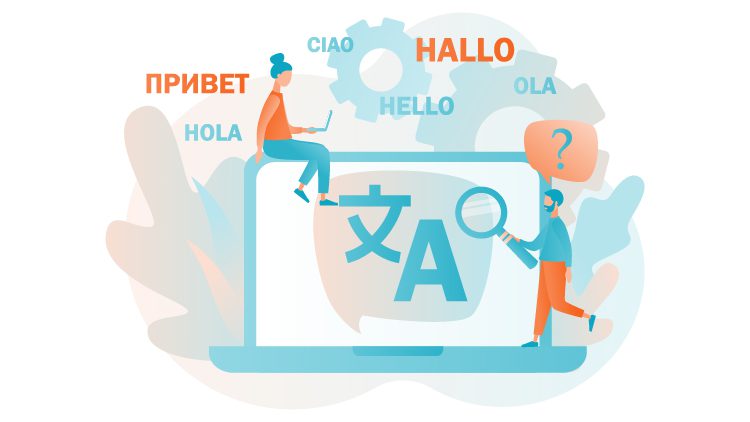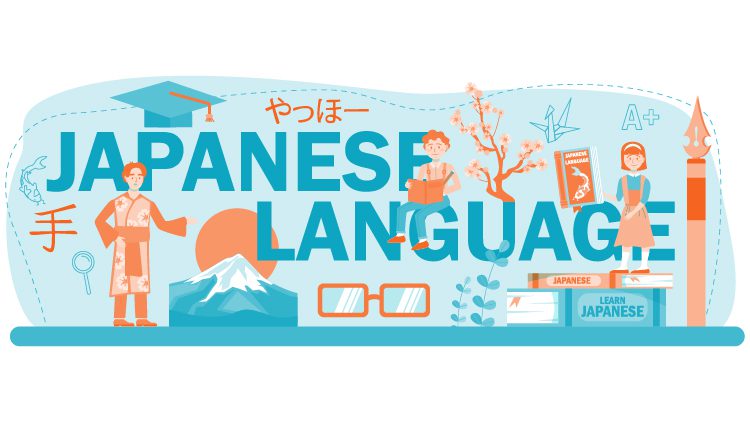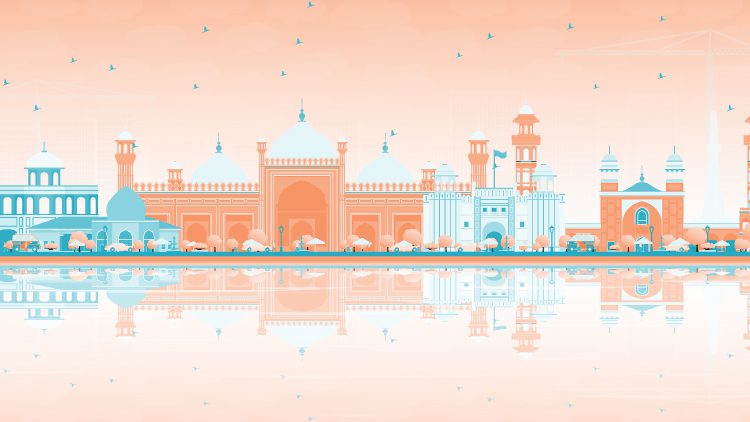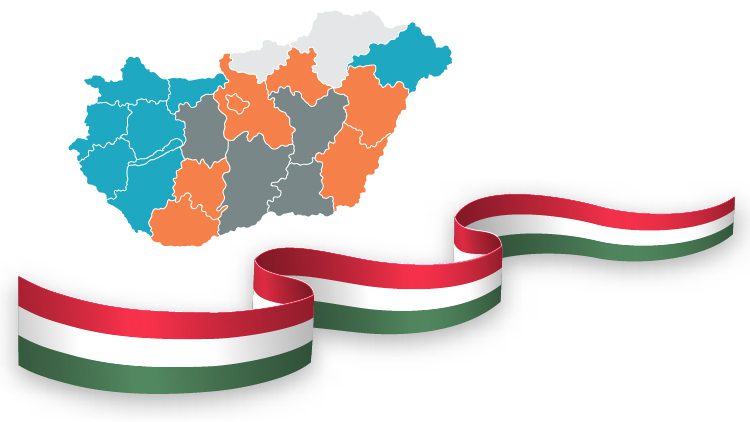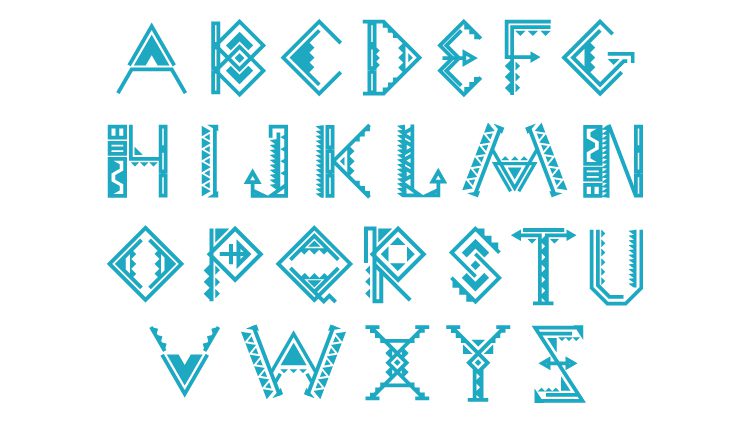Localization
The Japanese word itadakimasu is used by many Japanese-speaking people around the world before they eat, whether they are in Japan or not. But what does it actually mean? And where does it come from? In this article, we’ll look at the history of the word, as well as some interesting background on the practice of saying it.
Read more →Deep Translate has been picking up the pace lately, and it’s now Google Translate’s primary source of input. But what exactly does Deep Translate do? How does it differ from Google Translate, which has been around for much longer? Are you better off using one or the other? Read on to learn more about how these two translation tools work and their differences in using them today.
Read more →How do you become a Japanese translator? It needs to be your native Language or called Native speaker. The path to becoming a Japanese translator varies depending on whether you work independently or as part of an organization. Still, there are several steps that are necessary to become one. Here are ten tips for becoming a Japanese translator to help you get started on your new career path.
Read more →What are all the different Bible translations? This can be a confusing topic for new Christians or a new Bible student, as there are so many different ones to choose from and no clear consensus on which one to use and which one gives the accurate translation that resonates with us.
Read more →Learning English and Urdu simultaneously is never easy, especially if you’re trying to understand the two languages simultaneously. Urdu is the Arabic language. However, technology has made it easier than ever with translation software that can do most of the work for you without putting in much effort at all.
Read more →Pashto, among the asian languages is an Iranian language, the third most common language in Afghanistan and the second official language of Pakistan. It belongs to the Indo-European language family. It’s also one of the three official languages of India, along with Hindi and Urdu.
Read more →The people of every country have their own identities. But this identity is made up of multiple things. But this identity is made up of multiple things. A nation cannot be defined simply by its beliefs. Even a single culture cannot represent countries where numerous ethnic groups live.
Read more →While most people who want to learn Chinese simply pick up a textbook and start memorizing as many characters as possible, many tools are available to help you type in Chinese on your smartphone or tablet device. This blog post explores your options and offers tips on using these tools effectively.
Read more →Here are the Catholic Latin phrases and their meanings in the English language so that you can learn more about the Latin terms used during mass and church services or even in some Educational Institutions.
Read more →From the end of the 19th to the middle of the 20th century (until 1954, more precisely), Serbian and Croatian were one language, the so-called Serbo-Croatian. It was the language of Croats, Serbs, Montenegrins, and Bosnians.
Read more →

